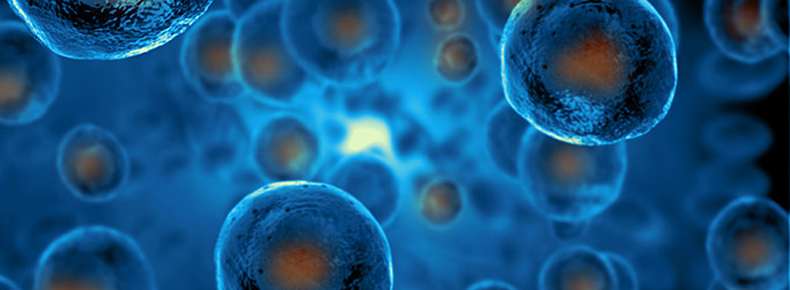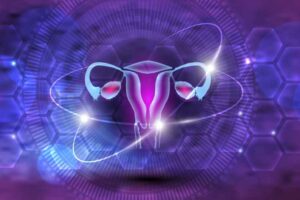The 20th Century was characterized by population growth, the 21st Century is determined to be the century of the aged population. In fact, it is believed that already today the number of older people exceeds the number of children under 5 years of age. This is due to two demographic trends: unprecedented improvement in life expectancy and a concomitant sharp decline in fertility.
Increased educational attainment, rising age at completion of education, more employment opportunities, higher wages and increased standard of living have resulted in delayed marriages and timing of first births especially in the developed world. Since advanced female age is associated with infertility, we are continuously managing couples in which the age of the woman is the major factor contributing to their infertility. The solution has been the widely use of oocyte donation, but this is only a partial solution since many couples have serious difficulties in accepting third party proposals. Thus, preventive and curative measures need to be implemented.
One of the preventive measures that has been available for more than 10 years is the possibility to freeze oocytes at a younger age. This has been made possible by the successful implementation of vitrification as a cryostorage techniques, and today many women have used it, the numbers increasing year after year. However, the mean age at which women use vitrification of oocytes is 37.7 yrs, a little bit late according to our current knowledge of oocyte aneuploidy incidence related to age. Important marketing campaigns are being developed to reduce age at oocyte cryopreservation, however they are not without social controversy.
Another interesting preventive measure would be to stop primordial follicle loss determined by nature. Different key players of follicular dynamics such as AMH and LH have proved to be successful in rescuing primordial follicles from damage when gonadotoxic drugs have been employed, suggesting that a similar approach could be useful in preventing ovarian aging.
The curative measures need to address two relevant phenomena associated with ovarian aging: reduced quantity of follicles and reduced quality of the oocytes contained within those follicles. Alternatively, generation of new oocytes from embryonic stem cells or IPS (induced pluripotent stem) cells have been achieved in mice models. However, these approvahes face important challenges in the human; epigenetic changes that would affect the genome and the progeny will be difficult barriers to overcome.
A quantitative increase in the number of follicles developed as a potential solution for ovarian aging is sustained by observations that embryo euploidy is directly related to the number of embryos created in a given couple. Kawamura and co-workers (2013) showed that ovarian fragmentation and subsequent culture with akt-stimulators was able to make primordial follicles grow in menopausal women. The procedure was called In Vitro Maturation (IVM). We initiated studies with a slightly different approach, in which culture in vitro was avoided. Part of the ovarian cortex was removed by laparoscopy, sectioned into small cubes (usually >80 small pieces) and replaced back to its anatomical location by tunnelization. The procedure has been called Ovarian fragmentation for follicular activation (OFFA) and so far 4 pregnancies out of 14 early menopausal women have been achieved. Work in this line of research continues.
After the observation that bone marrow transplantation might have some stimulating effects in the small pool of dormant follicles resting in the ovaries, we developed the hypothesis that autologous stem cell ovarian transplantation (ASCOT) from the bone marrow could have a similar effect to the OFFA procedure. Experiments in mice showed that this was the case and we just finished a pilot study in 15 aged low responder patients; a positive response in terms of quantitative changes was observed in 81% of patients and 5 pregnancies were recorded. However, embryo aneuploidy rate remained high, suggesting that we need to find ways to address the quality issue, and findi ways of revert aneuploidy in aged oocytes.
In summary, rejuvenating ovaries is a difficult task because age is characterized by a series of landmark changes, which include among others genomic instability, telomere attrition, mitochondrial dysfunction and epigenetic alterations. Addressing one of these issues might not be sufficient. Our laboratories are working hard in this line of research and hopefully we can present positive data soon.





